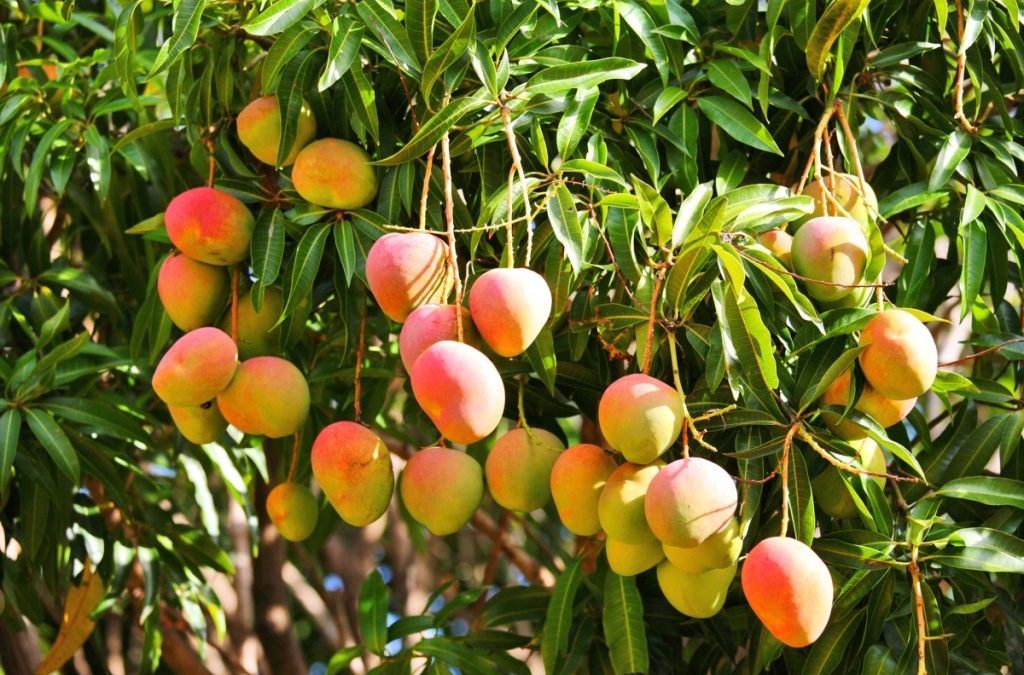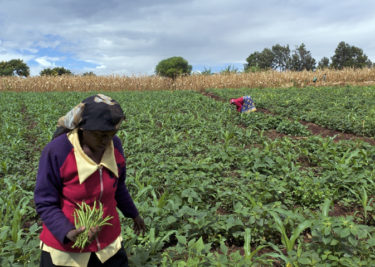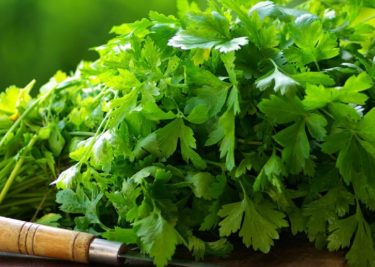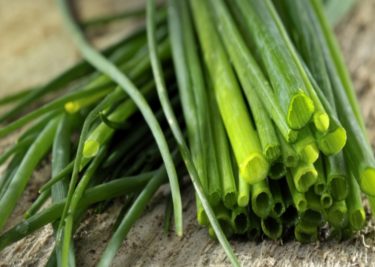Fresh and Juicy Pulp

Photo Copyright: Top Farmer
Mangoes are succulent, juicy fruits that have thrived in the tropical regions for centuries. Originating in India, the Magnifera indica has become a global favourite. For people who have the luxury of living in tropical climates, mangoes are heartily enjoyed at all hours of the day, with their juicy pulp providing a challenge in maintaining dignity as the juices run down ones’ cheeks. However, practiced mango eaters have found a way to tidily enjoy this delicious fruit by cutting it up to resemble pineapple squares on its two “fleshy” sides and then deftly slicing the thin edges off. Mangoes are also processed into fresh juice, frozen concentrates, mango pulp, dried to be enjoyed as snacks or bottled and pickled. The sweetness of the mango resides not only in its taste, but also in its health benefits. The fruit is rich in vitamin A and beta-carotene which are great for eyesight, as well as B-vitamins and minerals like potassium.
Kenya’s ideal equatorial climate and loamy soils found at the coast and the interior are ideal for mango farming. Due to their adaptability to various soil types, however, they can also be grown in dry areas provided there is ample irrigation. Local varieties grown include Ngowe and Dodo, while higher-yielding, international ones include Kent and Tommy Atkins. Our main producers are Kilifi, Taita Taveta, Embu, Machakos and Makueni. Other mango-growing counties include Murang’a, Garissa and Siaya, which even has a processing plant. Major harvest seasons are from October to March and from May to July.
In recent years Kenya’s mangoes have gained popularity for major producers of concentrate such as Minute Maid, which has provided a boon for mango farmers. Major investment that has streamlined mango picking and reduced post-harvest losses has meant that farmers are able to get a high return for their inputs. At the same time, heavy investments in mango processing has meant that the market has grown substantially. A processing plant can produce as much as 3,000 liters of mango puree per hour, with a litre fetching between 1 to 2 dollars on the global market, making mangoes an important part of our tropical fruit exports, especially given that value addition happens locally.
Our main markets are the Middle East, with the United Arab Emirates and Saudi Arabia leading the pack. The United Kingdom and European Union countries like the Netherlands are also frequent destinations for our golden green and orange fruits.
So have you enjoyed a wonderfully ripe mango recently? Is your preference ngowe or apple mango? With chilli or without?

Photo Copyright: Top Farmer

Photo Copyright: MCG

Photo Copyright: Nat Geo



